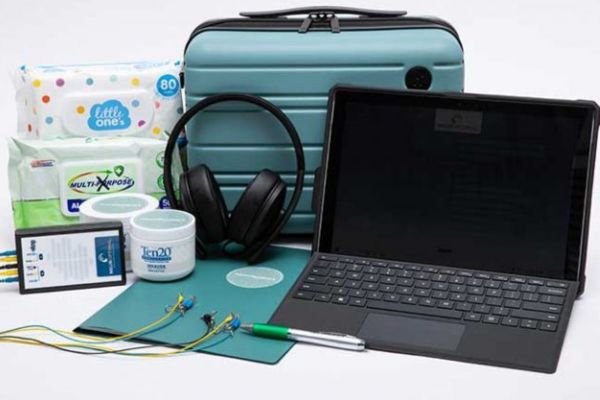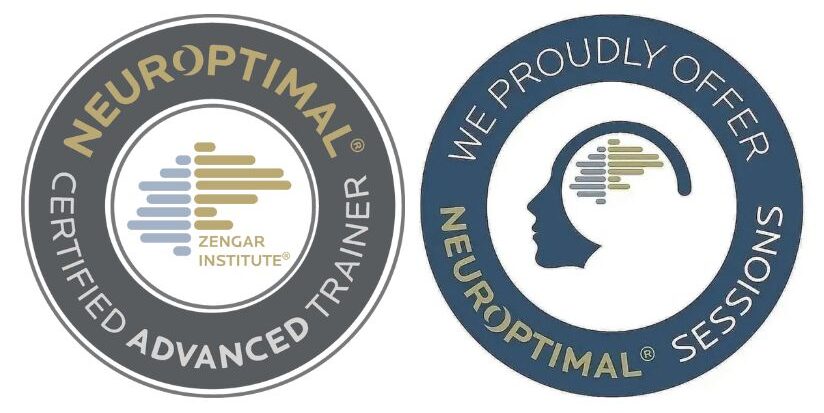Background This success story follows a family of five navigating a particularly intense and demanding period. The mother experiences anxiety, and their 9-year-old son has struggled with a range of behavioural challenges. The father works FIFO (Fly-In Fly-Out), which means he is away from home for about a third of the time, placing extra responsibility on the mother to manage the household and children. During the period of their Neurofeedback rental, the father was on a longer-than-usual work trip, a cyclone hit their area, and the family was simultaneously managing the handover of a new home.
Son’s Journey and Results The 9-year-old son, who typically displayed behavioural difficulties and low interest in learning activities, showed notable changes:
He began taking an interest in books and started reading voluntarily for the first time.
He became more attentive and engaged during daily routines.
He followed parental instructions more consistently, often without the need for repeated prompting. These changes were especially remarkable given the high-stress environment during that time.
Mother’s Journey and Results The mother, who had previously found FIFO periods challenging and overwhelming, responded very differently during this extended stint:
Despite facing multiple major stressors at once, she remained calm and regulated.
She handled the cyclone, parenting three children alone, and managing a new home handover with more ease than anticipated.
She felt far less anxious and more emotionally stable.
Whole Household Impact The family noticed a tangible shift in their overall household atmosphere. With the mother more grounded and the son more settled and cooperative, the dynamic became more harmonious. Even amidst external chaos, the household functioned with greater calm, clarity, and cohesion.
Conclusion This family’s experience with Neurofeedback demonstrates its potential to support emotional regulation, focus, and stress management across multiple family members. Having the system on hand was a stabilising force during one of the most demanding times they had faced together, leading to individual improvements and a more peaceful household overall.




